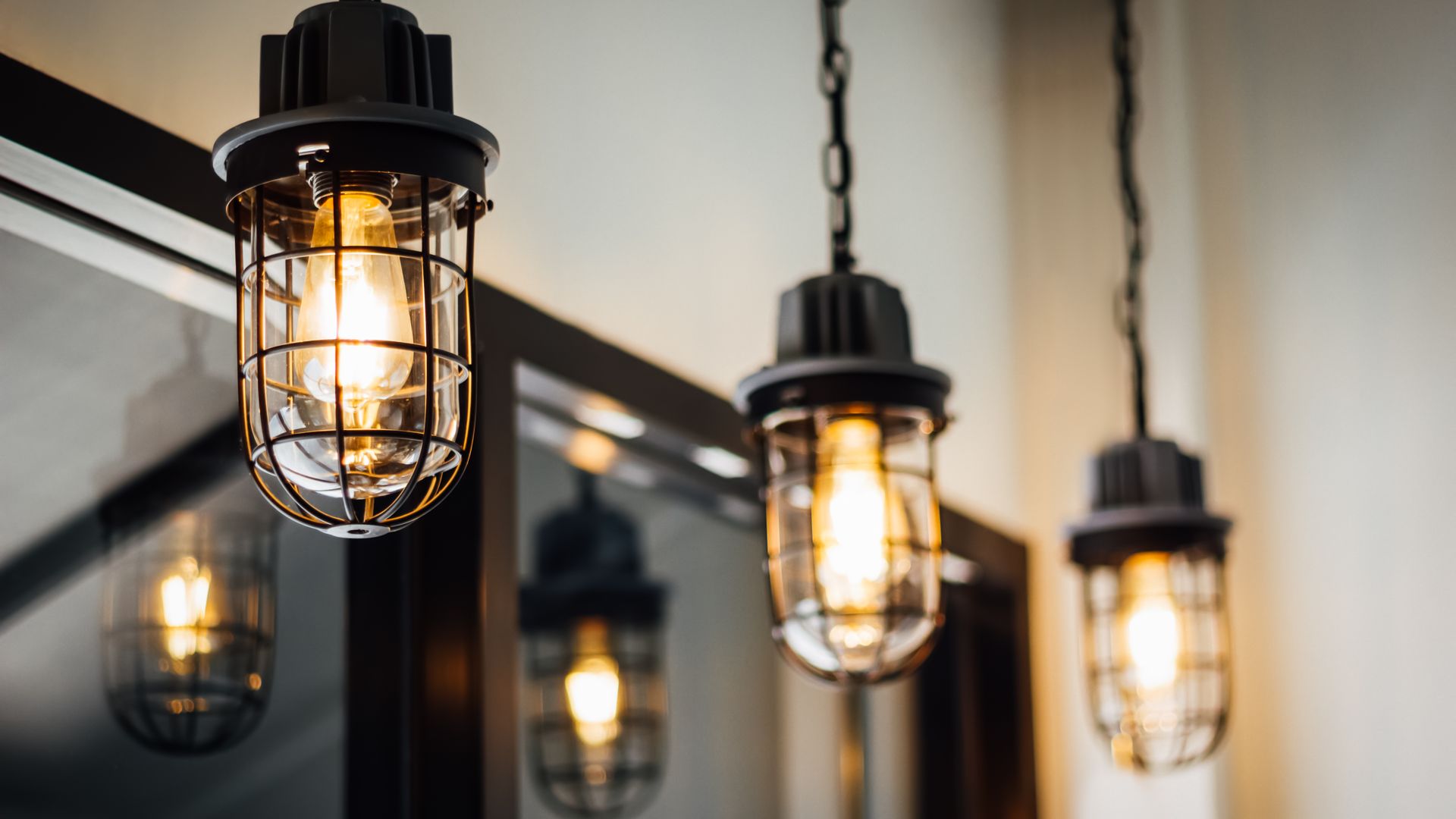Lighting for your home
Lighting in your home can be tough to decide what and where.
The options for decorative lighting are astounding and span all price points. The design of a new home, or the remodel of one, should require a detailed and well-considered lighting plan. This is essential not only from a wiring perspective, but also as a design guideline for the homeowner, builder and designer. While it’s not necessary for all fixtures in your home to relate to each other in terms of style, your look will be more cohesive if all lighting components are considered at the same time.
Overhead vs. Accessory Lighting
Though many homeowners mention early on in the design process that they do not prefer recessed lighting, it’s highly recommended as a backdrop for your accessory lighting. Recessed lighting is the workhorse of your lighting plan – there are certain days and seasons of the year where general overhead lighting is essential.
A lighting plan with intentionally placed recessed “cans” serve as the foundation for layering light in a room. In some locations in your home, a good recessed lighting plan should suffice for lighting in general, such as hallways, dens and bedrooms.
Where to Hang the Chandelier
As a rule of thumb, a chandelier in any dining area should be hung so the bottom is approximately 36 inches above the top of the dining table. Make sure people can sit around the table comfortably and see each other across the table.
If a series of smaller fixtures is being used, or fixtures in a variety of sizes, vary the heights for a dramatic effect. This will allow you to appreciate the shape of each fixture and how they relate to each other.
A newer trend is to use two identical fixtures that hang over the dining table, casting a glow over both sides of the table rather than just in the center. In this case, the hanging height is the same 36 inches above the table, and each fixture works best if evenly spaced over each half of the table.
If you’re hanging a chandelier in your foyer or entryway, the answer isn’t so clear. If the height of the ceiling is 8 to 9 feet, you’re safer using a semiflush fixture. A semiflush fixture is mounted from the ceiling, but hangs a few inches lower than a surface mount fixture.
If your foyer is two stories, the size of the fixture and the height at which it hangs is a little more complicated. In many cases a two-story foyer has a picture window on the front-facing wall. While you may want the fixture to be visible through that window from the outside, that means the only people benefiting from the lighting are those walking by outside. When you enter the home the fixture is not visible to those inside the foyer, and the effectiveness of the lighting is dramatically reduced. Hang the chandelier where it can be appreciated from inside the home, by all who enter and have the pleasure of living there.
How Many Pendants Will Fit Over My Island?
The pendant light, which drops down over a surface like your kitchen counter, can provide background lighting or be used as a primary task light directed on your work surface. Most designers try to follow the unofficial rule of an odd number, but it depends on the style and size of your fixture and, of course, the size of the island or counter in the kitchen.
Pendants are the jewelry of the kitchen light. Use this opportunity to add a glamorous accent to your kitchen. Choose something you love but resist the urge to go too trendy. You want your pendants to be able to withstand the test of time and changing styles.
Changes You Can Make Today
In the bedroom. Consider adding sconces beside your bed. Get rid of the clumsy lamp and use your bedside table for your favorite book, TV remote and attractive accessories – it adds a bit of boutique hotel charm.
In the kitchen. We have all seen under-cabinet lighting, but consider toe-kick lights as well to warm up the look of the kitchen. Consider adding a recessed fixture inside glass-front cabinets.
In the family room. Instead of a floor lamp for ambient light, consider small, white string lights on a large plant or decorative tree.
In the dining Room. Put matching lamps on either side of a buffet, flanking a painting or mirror. This allows for a continuation of low-level light throughout the home and makes the room inviting in the evening hours.
In the bathroom. Instead of an over-mirror fixture, use side sconces to divide the light in a more functional way and avoid unpleasant shadowing.
Invest in the services of an electrician,to have it wired properly and not worry about starting a fire or causing a hazard.
